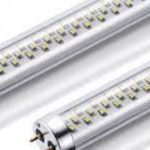Decoding LED Light Colors: What They Mean and How to Use Them
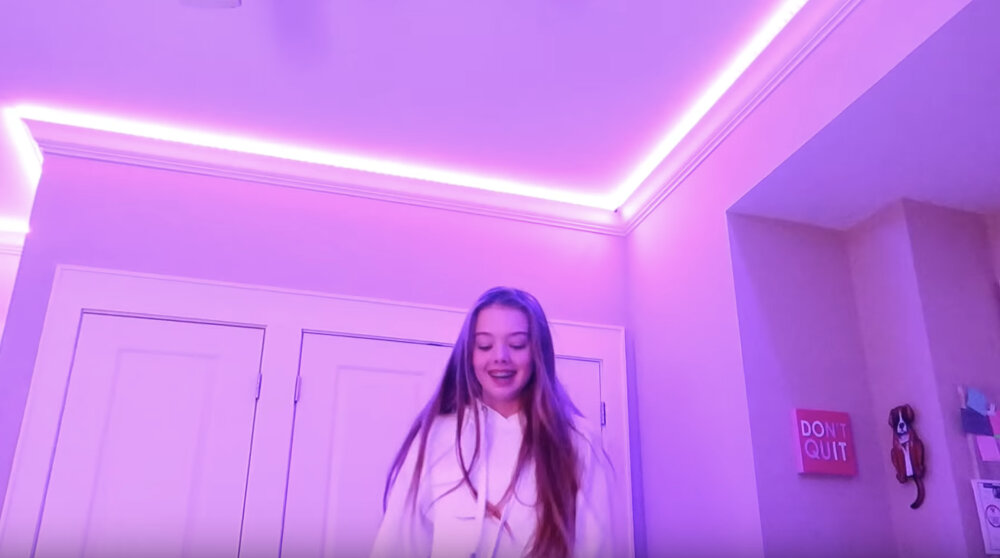
LED lights have become increasingly popular in recent years, thanks to their energy efficiency and versatility. However, one aspect of LED lights that is often overlooked is the colors they emit. LED lights can produce a wide range of colors, each with its own meaning and purpose. Understanding what these colors mean and how to use them can greatly enhance your experience with LED lights. In this article, we will dive into the world of LED light colors, exploring the science behind them and the practical applications they have. Whether you are looking to create a certain mood in your home, use LED lights for safety purposes, or simply want to learn more about this fascinating technology, this guide will provide you with all the information you need. So buckle up and get ready to discover the power of LED light colors!
LED lights, or Light Emitting Diodes, are electronic devices that emit light when an electrical current is passed through them. They are highly efficient and long-lasting compared to traditional incandescent bulbs. LED lights come in a range of colors, including red, green, blue, and white, and can be used for various purposes. The color of the LED light is determined by the materials used in its construction and the wavelength of the light emitted. Understanding the different colors of LED lights and their meanings can help you choose the right lighting for your needs, whether it’s for decoration, mood lighting, or functional purposes.
Understanding the different colors of LED lights is essential in creating the desired ambiance and mood for any setting. The color temperature of LED lights can affect the human brain, emotions, and behavior. For instance, warm white light with a yellowish hue can create a cozy and relaxing atmosphere, while cool white light with a bluish tint can increase alertness and productivity. Moreover, LED lights come in a wide range of colors, including red, green, blue, and yellow, which can be used to highlight specific objects or create a festive atmosphere. Therefore, knowing the meaning of LED light colors is crucial in selecting the appropriate lighting for any situation, whether it’s for a home, office, or entertainment venue.
Understanding LED Light Colors
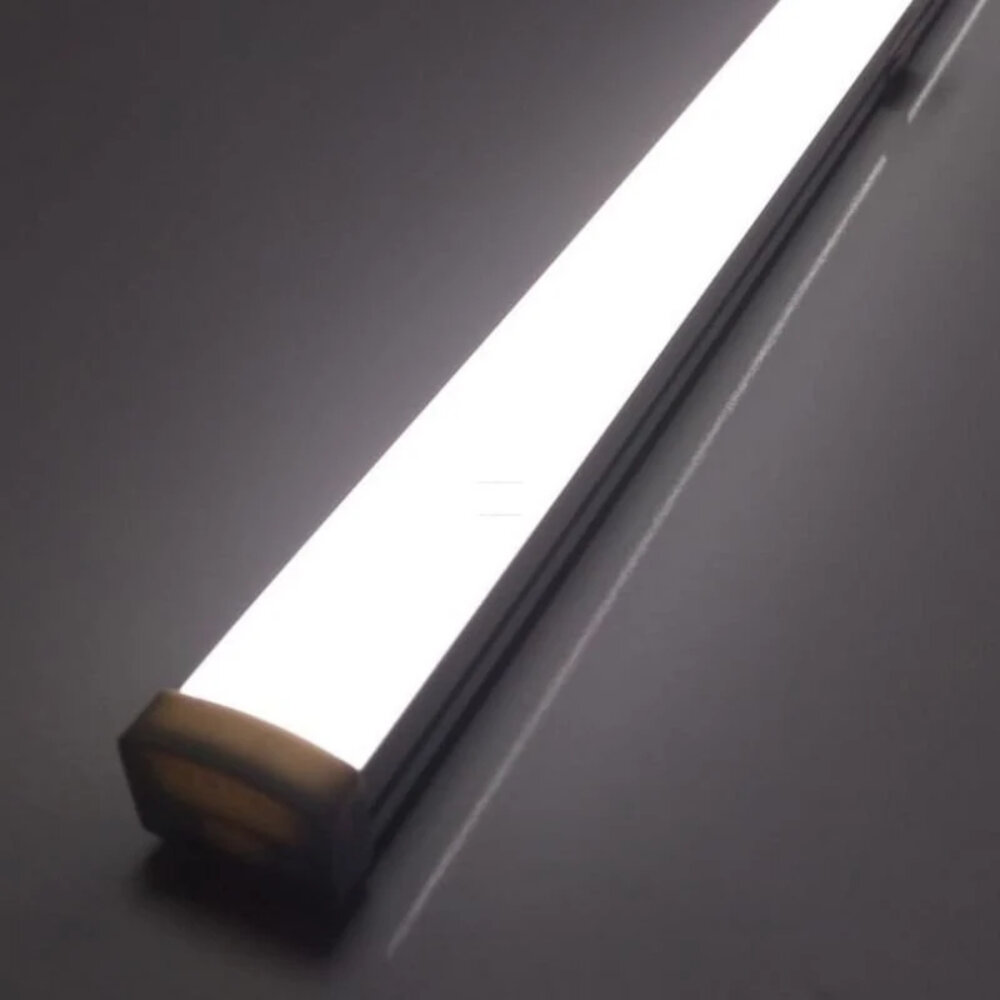
LED lights have become increasingly popular in recent years due to their energy efficiency, durability, and versatility. One of the most intriguing aspects of LED lights is the wide variety of colors they come in. However, understanding these colors and how they can be used can be confusing for many people. Each LED light color has its own unique wavelength and temperature, which affects its appearance and functionality. For example, blue LED lights have a shorter wavelength and higher temperature than red LED lights, giving them a cooler and more intense appearance. Understanding the different colors of LED lights and their properties is crucial for choosing the right lighting for any occasion. LED lights are available in a range of colors, including red, green, blue, white, and yellow. Each color has its own unique properties, making it suitable for different purposes. For example, red LED lights have a calming effect and are often used in bedrooms or living rooms to create a relaxing atmosphere. Green LED lights are associated with nature and are commonly used in outdoor lighting or for displaying plants. Blue LED lights have a stimulating effect and are often used in workspaces or areas where focus is required. White LED lights are versatile and can be used in a variety of settings, including homes and offices. By understanding the properties and effects of different LED light colors, it is possible to create the perfect lighting for any occasion.
LED light colors are created by manipulating the flow of electric current through a semiconductor material. The color of the light emitted by the LED is determined by the bandgap energy of the semiconductor. When an electric current is applied, electrons in the material are excited and jump from the valence band to the conduction band, releasing energy in the form of photons. The wavelength of the photons determines the color of the light, with shorter wavelengths appearing as blue or violet and longer wavelengths appearing as red or yellow. By using different semiconductor materials or adding impurities to the material, LED manufacturers can produce a wide range of colors, including white light. Additionally, the color of the LED can be controlled by adjusting the current flow or by using filters to change the color of the light.
LED lights come in a variety of colors, each with its unique purpose and meaning. White LEDs can range from warm white to cool white, with warm white being more yellow and cool white being more blue. Warm white LEDs are ideal for creating a cozy and intimate atmosphere, while cool white LEDs are more suitable for task lighting. Red LEDs are often used for decorative purposes, as they can create a sense of warmth and passion. Green LEDs are associated with nature and are often used in outdoor settings. Blue LEDs are ideal for creating a calming and peaceful atmosphere, while purple LEDs can give a sense of luxury and elegance. Yellow LEDs are often used in commercial settings as they are attention-grabbing and can create a sense of urgency. Understanding the different types of LED lights and their colors can help you create the perfect ambiance for any setting.
Meaning of LED Light Colors

LED lights come in a variety of colors and each color has its own unique meaning and benefit. The most common LED light colors are red, green, blue, yellow, and white. Red LED lights are often used for night lights or to create a relaxing atmosphere. They have a calming effect on the mind and body, making them ideal for use in bedrooms, meditation rooms, and other areas where you want to promote relaxation. Green LED lights are often used in offices and schools because they help to improve focus and concentration. Green is a soothing color that can reduce stress and anxiety, making it perfect for work environments where people need to stay focused for extended periods of time. Blue LED lights are commonly used in bathrooms and kitchens because they create a cool, refreshing atmosphere. They are also great for promoting relaxation and reducing stress, making them ideal for use in bedrooms and other areas where you want to create a calm and peaceful environment. Yellow LED lights are often used in retail stores and restaurants because they create a warm and inviting atmosphere. They are also great for promoting creativity and inspiration, making them ideal for use in art studios and other creative spaces. Finally, white LED lights are the most versatile of all LED lights and can be used in a variety of settings. They are great for general lighting purposes and can be used in homes, offices, and outdoor spaces.
LED lights come in a variety of colors, and each color represents a different message. Red LED lights are often used to indicate danger, such as in emergency situations or to warn against potential hazards. Green LED lights are associated with safety and can be used to indicate that a situation is safe or that a product is environmentally friendly. Blue LED lights are often used to create a calming effect and promote relaxation, making them ideal for use in bedrooms or for meditation. Yellow LED lights are commonly used in warning signs or to indicate caution, while white LED lights are known for their brightness and are often used to illuminate workspaces or outdoor areas. Finally, purple LED lights are typically associated with creativity and inspiration, making them a popular choice for artists and designers. Understanding the meaning behind each color of LED light can help you choose the right lighting for your needs and create the desired atmosphere in your home or workplace.
LED lights come in an array of colors, each of which has a specific meaning and application. Red LEDs are commonly used in traffic lights, emergency flashlights, and brake lights. Blue LEDs are popular in police cars, ambulances, and other emergency vehicles. Green LEDs are often used in traffic signals and exit signs, while yellow LEDs are commonly used in warning signs and construction zones. White LEDs are ideal for lighting up indoor and outdoor spaces, while purple LEDs are used in decorative lighting and black lights. LED lights are versatile and can be used in a variety of applications, from practical to decorative.
How to Use LED Light Colors

LED lights come in a variety of colors, each with its unique meaning and use. Understanding the meaning of these colors and how to use them correctly can help you create the perfect ambiance in your home or workplace. The most common colors of LED lights are red, green, blue, yellow, white, and purple. Each of these colors has a different wavelength and can affect our mood, behavior, and perception. Red LED lights are known to stimulate adrenaline, making them perfect for use in gyms or workout areas. They can also help improve concentration and alertness, making them useful in study or work environments. Green LED lights can help reduce anxiety and promote relaxation. They are often used in spas, meditation rooms, and bedrooms. Blue LED lights are known to promote calmness and reduce stress levels, making them suitable for use in offices, hospitals, and schools. Yellow LED lights are perfect for creating a cozy and warm atmosphere. They can help improve mood and enhance creativity. White LED lights are the most versatile and can be used in any setting. They are perfect for task lighting and general lighting purposes. Finally, purple LED lights are known to promote a sense of calm and relaxation, making them suitable for use in bedrooms and living rooms.
LED light colors are not just for decoration, they have practical uses as well. For instance, blue LED lights are commonly used in medical settings to treat skin conditions such as acne and psoriasis. Red LED lights have been found to be effective in promoting healthy cellular function and can be used to reduce inflammation and pain. Green LED lights are often used in night vision applications, as they are less disruptive to our eyes than other colors. Additionally, yellow and amber LED lights are often used in outdoor and automotive lighting due to their high visibility and ability to cut through fog and haze. Understanding the different meanings and uses of LED light colors can help you choose the right lighting for your needs.
When choosing an LED light color, it’s important to consider the intended use and environment. For example, a warm white light (2700K-3000K) is ideal for creating a cozy atmosphere in bedrooms and living rooms, while a cool white light (4000K-5000K) is better suited for task-oriented areas such as kitchens and offices. If you’re looking to set a relaxing mood, consider a soft blue or green light (5000K-6000K), which can also be used for outdoor lighting. Additionally, it’s important to take into account the color rendering index (CRI), which measures the accuracy of the light in rendering colors. A higher CRI is preferable for areas where color accuracy is important, such as in art studios or makeup application areas. Ultimately, the right LED light color is dependent on personal preference and the specific needs of the space.
Common LED Light Color Combinations
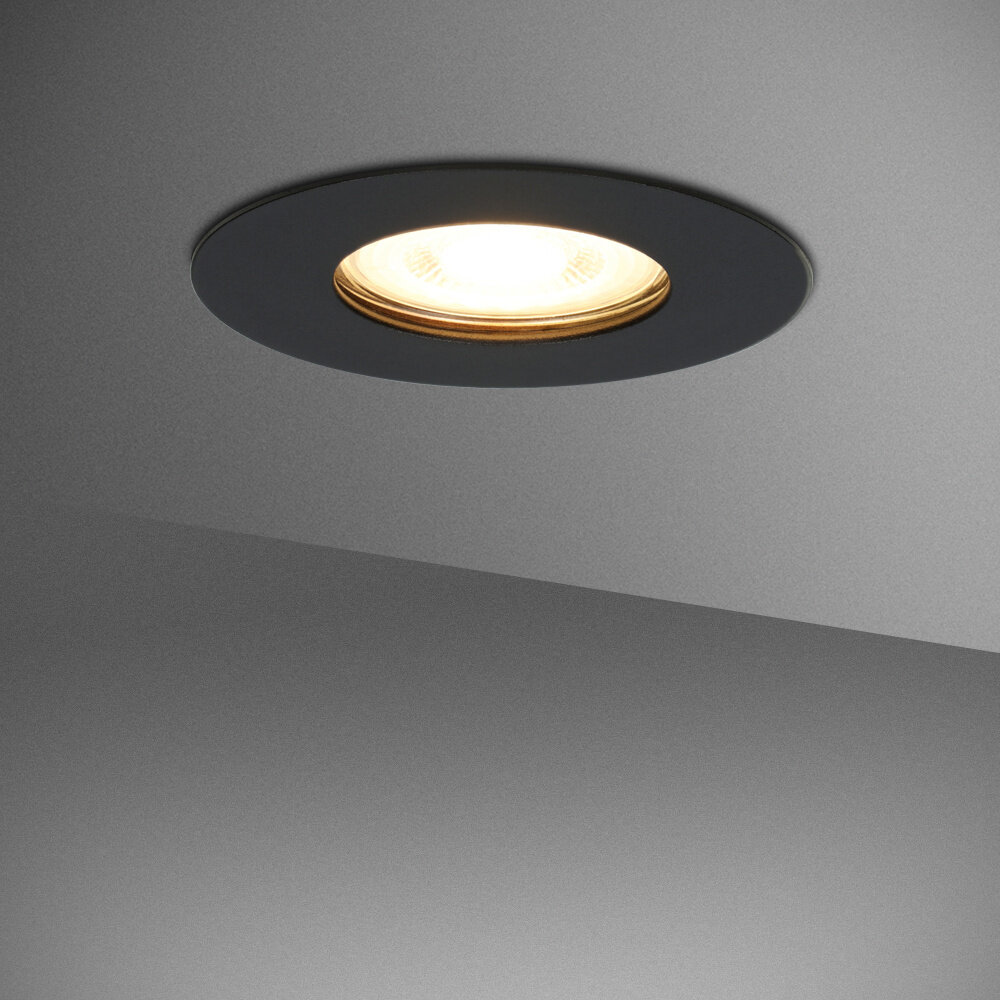
When it comes to LED lights, color combinations play a crucial role in creating the desired ambiance and mood. The most common LED light color combinations are cool white, warm white, and daylight. Cool white LED lights have a bluish-white hue and emit a bright, crisp light that is perfect for task lighting. Warm white LED lights, on the other hand, have a yellowish-white hue and emit a soft, cozy glow that is ideal for creating a relaxing and comfortable atmosphere. Daylight LED lights fall somewhere in between cool white and warm white and have a neutral, natural-looking color that is great for general lighting purposes. Apart from these common combinations, there are also other LED light colors that are used for specific purposes. For instance, red LED lights are often used in photography darkrooms, as they have a low color temperature and do not disrupt the development process. Blue LED lights are widely used in aquariums, as they simulate the natural lighting conditions of the ocean and help to promote healthy growth in underwater plants and animals. Green LED lights are often used in outdoor lighting, as they are easy on the eyes and do not attract insects like other colors do. Understanding the different LED light color combinations and their uses can help you create the perfect lighting scheme for your home or office.
LED lights come in a variety of colors, and when combined, they can produce an endless array of hues. Combining different colors of LED lights is possible through a process called color mixing. This is achieved by adjusting the intensity of each color to create a unique blend. For example, red, green, and blue LEDs can be used to create millions of colors by varying the intensity of each color. In addition to RGB, other color combinations such as RGBA, RGBW, and RGBY are also possible. These combinations allow for a wider range of hues and saturation levels, giving designers and users more options to create the desired effect. Whether used for decorative purposes or functional applications, understanding how different colors of LED lights can be combined is essential for achieving the desired outcome.
LED lights are available in various colors and shades, and each color combination has its meaning and significance. The most common LED light color combinations include white, yellow, green, blue, and red. White LEDs are often used for general lighting purposes, while yellow LEDs are known for their soft and warm glow, making them suitable for creating a cozy atmosphere. Green LEDs are often used to create a soothing effect and promote relaxation, while blue LEDs are used to create a calming and peaceful environment. Red LEDs are known for their stimulating properties and are often used to improve focus and concentration. Understanding the meanings of different LED light colors can help you choose the right lighting for your specific needs and preferences.
Understanding the different colors of LED lights is crucial when it comes to choosing the right lighting for your needs. The color of the light emitted by an LED bulb can have a significant impact on the ambiance of a space and the functionality of a light source. From warm white to cool white, each LED light color has its own unique attributes and benefits. For instance, warm white LED lights create a cozy and inviting atmosphere, while cool white LED lights are ideal for task-oriented spaces, such as kitchens and work areas. Additionally, LED light colors can affect our mood and even our sleep patterns, making it essential to choose the right color temperature for the intended use of the lighting. Overall, understanding the various LED light colors can help you create the perfect lighting environment for your space, whether it’s for relaxation, work, or entertainment.
In conclusion, understanding the meaning of LED light colors and how to use them effectively can greatly enhance the ambiance and functionality of any space. From creating a cozy atmosphere in the bedroom with warm white lights to improving productivity in the office with cool white lights, the possibilities are endless. It is important to consider the intended use of the space and choose the appropriate color temperature and brightness level accordingly. Additionally, using colored LED lights can add a fun and creative touch to any setting, but it is important to use them sparingly and in a way that complements the overall design. Overall, experimenting with LED light colors can be a fun and rewarding experience, but it is important to approach it with intention and awareness of how each color can impact the environment.
Conclusion
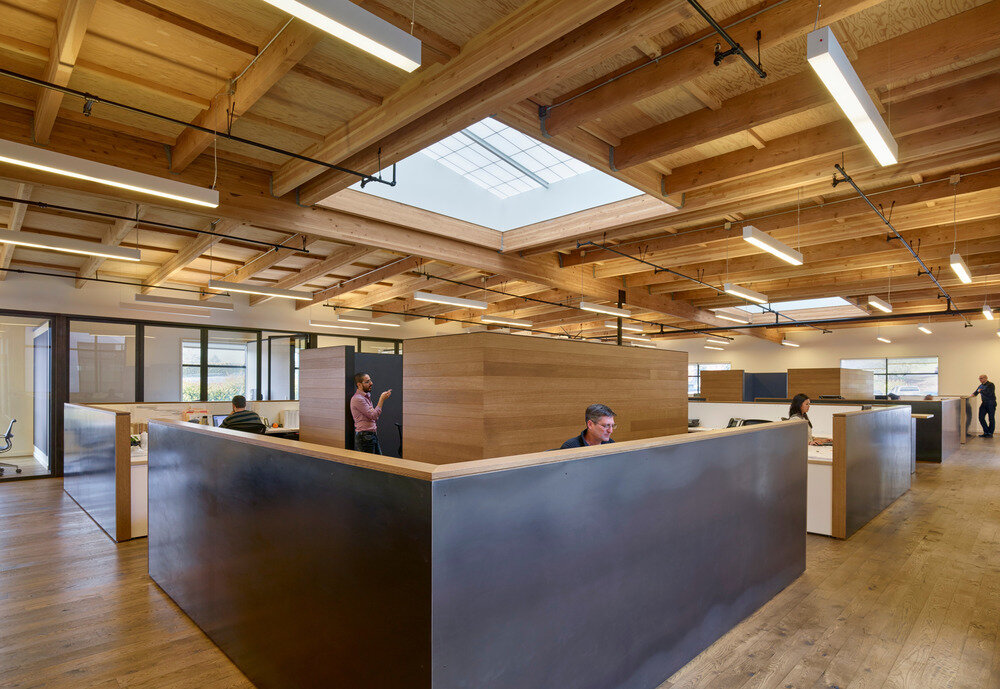
In conclusion, understanding the meaning of LED light colors can be extremely helpful in a variety of situations. From signaling danger and emergency to conveying information and creating ambiance, LED lights can be utilized in a multitude of ways. By familiarizing ourselves with the different colors and their meanings, we can effectively use LED lights to communicate and enhance our environment. Whether it’s in the workplace, at home, or during outdoor activities, knowing the language of LED lights is a valuable skill to have. So, let’s light up our world with knowledge and let the colors guide us towards a brighter future.




